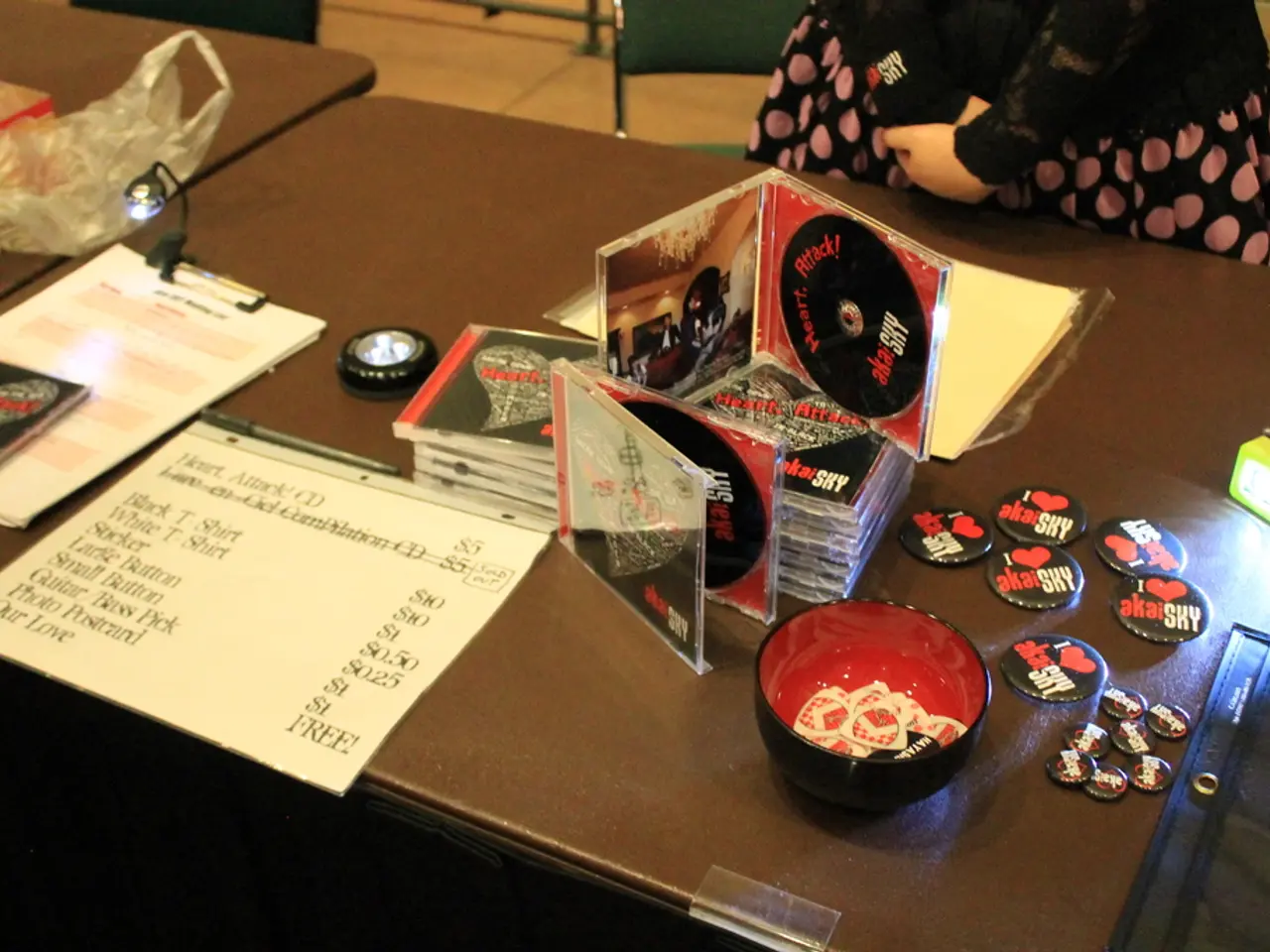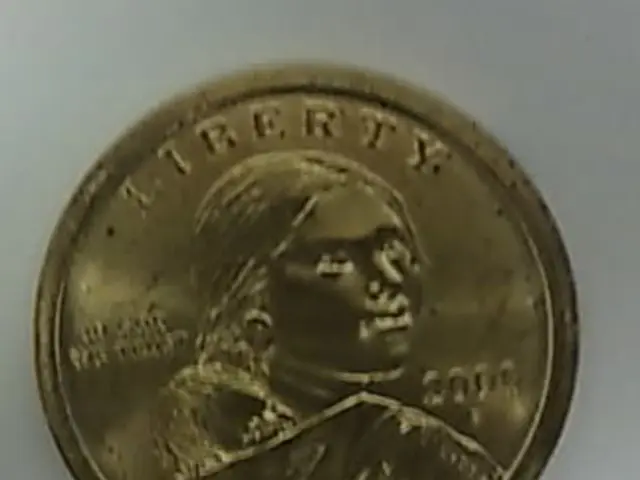Distinguishing Provisional and Non-Provisional Patents: Crucial Variations Explained
Provisional and non-provisional patents are two distinct types of patent applications that offer inventors varying levels of protection and benefits.
A provisional patent application is a simpler, less formal, and cheaper option. It does not undergo a formal examination, does not grant any legal enforcement rights, and expires after 12 months unless followed by a non-provisional application. Its primary benefit is that it allows inventors to label their inventions as "patent pending," providing a degree of market credibility. Provisional patents require a detailed description of the invention, but formal claims are not necessary. The duration of a provisional patent is strictly limited to 12 months from the filing date.
On the other hand, a non-provisional patent application is a full, formal patent application that initiates the examination process by the patent office. It can lead to a granted patent that gives enforceable rights to exclude others from making, using, or selling the invention. A non-provisional patent, once granted, affords the inventor exclusive rights to the invention for a period of 20 years from the filing date, contingent upon payment of maintenance fees. Filing a non-provisional patent enables inventors to enter the examination process and obtain an enforceable patent upon approval.
When deciding which type to choose, inventors should consider the stage of development of their invention. If the invention is still being developed or tested, a provisional patent is beneficial to secure an early filing date affordably while refining the invention. Provisional applications are less expensive and quicker to file, which suits inventors or startups with budget or time limitations.
However, to obtain enforceable patent rights, a non-provisional application must be filed within 12 months after the provisional filing to claim priority. Non-provisional patents require a detailed disclosure of the invention and undergo rigorous examination by the United States Patent and Trademark Office (USPTO). A common misconception is that provisional patents automatically grant inventors exclusive rights, but in reality, they provide a temporary solution, allowing inventors to secure an early filing date while they further develop their inventions.
In summary, a provisional patent is a cost-effective, flexible step to secure an invention's priority date early, while a non-provisional patent is necessary for obtaining full patent rights. Inventors often start with a provisional patent to buy time and reduce initial costs, then follow up with a non-provisional application to gain legal protections. It's essential to understand the differences between these two types of patent applications to make informed decisions about protecting one's inventions.
[1] Understanding Provisional and Non-Provisional Patent Applications [2] Provisional vs. Nonprovisional Patent Applications [4] Provisional vs. Non-Provisional Patents [5] Provisional vs. Non-Provisional Patents: What's the Difference?
Read also:
- Deepwater Horizon Oil Spill: BP Faces Record-Breaking Settlement - Dubbed 'Largest Environmental Fine Ever Imposed'
- Lawsuit of Phenomenal Magnitude: FIFA under threat due to Diarra's verdict, accused of player injustice
- Expansion of railway systems, implementation of catenary systems, and combating fires: SNCF adapting to the summer heatwave
- Citizen Thekla Walker, Minister, advises: "Let's focus on our own homes first"








